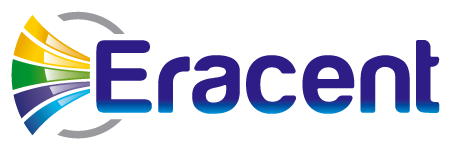In recent years, software license management has grabbed the spotlight in the IT Asset Management world because of the plentiful opportunities for cost savings. While many organizations focus on Software Asset Management, Hardware Asset Management has been largely overlooked.
This is unfortunate because there are many opportunities for savings and process improvements around hardware – from servers to desktops to mobile devices. Equally as important, there are also many potential legal and financial pitfalls to be aware of throughout the hardware asset lifecycle.
Let’s examine a few key areas of Hardware Asset Management where opportunities abound.
It’s also important to ensure there is alignment between your ITAM and ITSM processes and systems. Remember that your ITAM team is managing the same assets as the ITSM staff – the hardware assets managed in your ITAM repository are the ITSM group’s Configuration Items (CIs) that reside in the CMDB.
Hopefully this illustrates why Hardware Asset Management deserves undivided attention, based on the potential risks and rewards. Take a deeper dive into each of these areas to gain ideas and insights that will benefit your organization.

– by Terry Divelbliss
Terry Divelbliss is Eracent’s Sr. VP of Marketing & Technical Alliances. He has almost 20 years of experience in the ITAM and SAM industry in product management and customer solution implementation roles, and he is a regular speaker at industry conferences and events.





